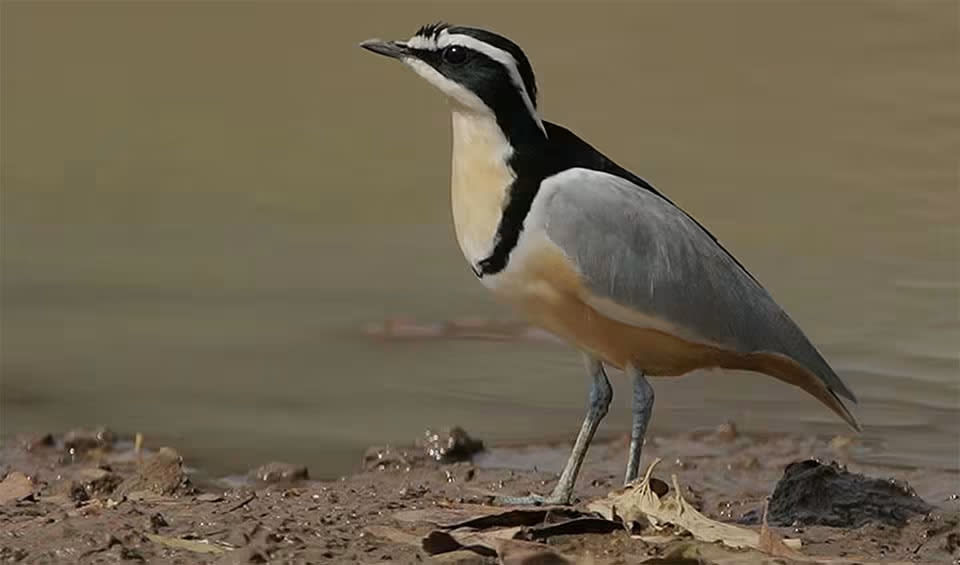Pluvianus – Egyptian plover
The janitors of the bird world
Egyptian plover, colloquially referred to as the crocodile bird, is a species that occupies a unique niche within the bird world. As the sole member of its genus, it has captivated the interest of ornithologists and the public due to its alleged symbiotic relationship with the Nile crocodile—a behavior that has become part of animal folklore but lacks rigorous scientific documentation.
The Egyptian plover is a wader, inhabiting the banks of rivers and lakes in sub-Saharan Africa, particularly favoring areas near the Nile River. Its habitat choice is closely related to its feeding habits, as these birds are adept at catching insects and other small invertebrates in the soft mud of riverbanks. The bird’s diet consists mainly of flies, beetles, and worms, which it hunts with keen eyesight and rapid pecking motion.
With a body length of 19 to 21 centimeters, the Egyptian plover exhibits a striking plumage that makes it easily recognizable. The adult bird has a contrasting color pattern featuring a black crown, back, eye mask, and a pronounced breast band. The rest of the head is covered in white feathers, creating a bold visual demarcation. The bird’s upper parts are a sleek blue-grey, while the underparts are a vibrant orange, adding to the bird’s distinctive appearance. Their blue-grey legs are long and slender and quite powerful, enabling the bird to move quickly and with agility along the water’s edge.
The behavior that has given the Egyptian plover its nickname “crocodile bird” is based on anecdotal accounts of the birds picking food from the open mouths of crocodiles. This supposed cleaning symbiosis has been recounted in various historical texts but remains unverified by modern scientific observation.
Species in this genus
Egyptian plover
The janitors of the bird world

